Home>Garden Essentials>Crop Rotation What To Plant After Brussel Sprouts
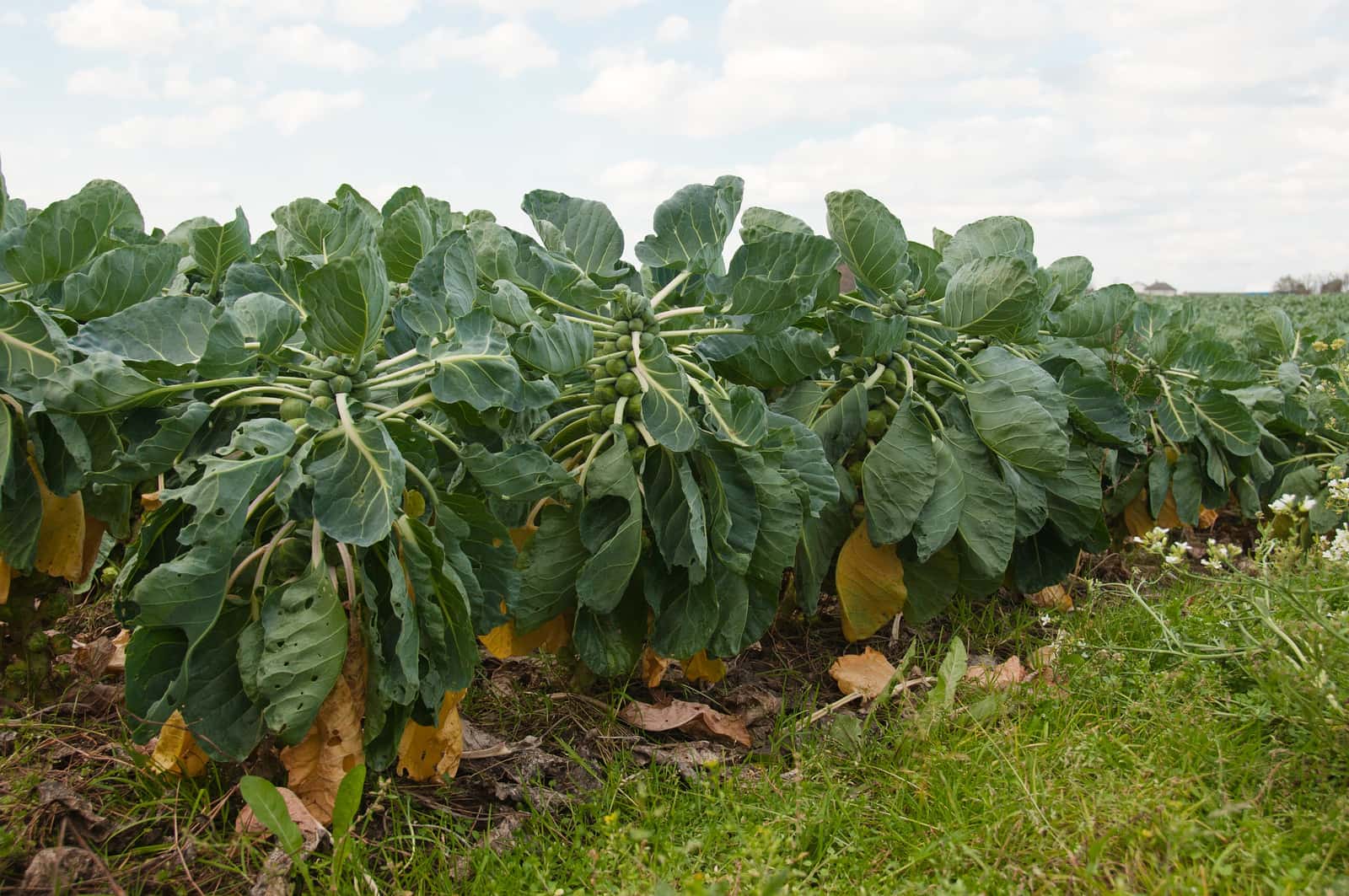

Garden Essentials
Crop Rotation What To Plant After Brussel Sprouts
Modified: August 27, 2024
Discover the best crops to plant in your garden after harvesting brussel sprouts. Optimize your garden's yield with effective crop rotation techniques.
(Many of the links in this article redirect to a specific reviewed product. Your purchase of these products through affiliate links helps to generate commission for Storables.com, at no extra cost. Learn more)
Introduction
Crop rotation is a fundamental practice in gardening that involves the systematic planting of different crops in a specific sequence or pattern. This technique has been used for centuries to improve soil health, control pests and diseases, and maximize yields. If you have recently harvested your Brussel sprouts and are wondering what to plant next, you have come to the right place. In this article, we will explore the benefits of crop rotation and provide you with some suitable options for planting after Brussel sprouts.
Crop rotation offers numerous advantages for gardeners. One of the most important benefits is the prevention of soil-borne diseases and pests. By varying the crops planted in a specific area, you decrease the likelihood of pathogens and pests that target a particular plant species from establishing themselves and spreading. Different crops have different nutrient requirements, and by rotating them, you ensure that the soil remains balanced and fertile. Additionally, crop rotation can help break the life cycle of soil-dwelling pests, reducing their populations over time.
When considering what to plant after Brussel sprouts, there are several factors to keep in mind. First, try to choose crops that have different nutrient needs. This will prevent nutrient depletion and maintain soil fertility. Secondly, it’s essential to select crops that complement or enhance the soil structure. For example, legumes are known to fix nitrogen back into the soil, while root crops like carrots and radishes can help break up compacted soil. Lastly, consider the timing and growth habits of the crops. Some plants may take longer to mature, while others may be more susceptible to cold or heat.
So, what are the suitable crops to plant after Brussel sprouts? Let’s explore some options:
Key Takeaways:
- Rotate crops after Brussel sprouts to maintain soil health, control pests, and optimize yields. Choose legumes, leafy greens, and root crops for diverse and sustainable gardening.
- Consider cover crops to protect soil, suppress weeds, and improve fertility. Select suitable crops like tomatoes, peppers, and eggplants for a balanced and productive garden.
Read more: Crop Rotation: What To Plant After Tomatoes
Benefits of Crop Rotation
Crop rotation is a tried and true technique that offers a multitude of benefits for gardeners. By implementing a crop rotation plan in your garden, you can significantly enhance soil health, control pests and diseases, and increase overall yields. Let’s delve into the benefits in more detail:
- Improved Soil Health: Crop rotation helps maintain soil fertility and structure. Different crops have varying nutrient requirements, and by rotating them, you prevent the depletion of specific nutrients. For example, plants from the legume family, such as beans and peas, have the ability to fix atmospheric nitrogen into the soil, enriching it for future crops. Additionally, certain crops, like root vegetables, help break up compacted soil and improve its drainage.
- Pest and Disease Control: Crop rotation is an effective method for managing pests and diseases. Many pests and diseases have specific host plants they target. By rotating crops, you disrupt the life cycle of these pests and reduce the risk of build-up in the soil. For example, if you follow a brassica crop like Brussel sprouts with a non-brassica crop, you decrease the likelihood of attracting pests like cabbage worms or aphids.
- Reduced Weed Pressure: Crop rotation can help suppress weed growth. Some crops, like dense leafy greens or cover crops, can shade the soil surface and outcompete weeds. By incorporating these crops into your rotation plan, you can minimize weed pressure and reduce the need for excessive manual weeding or herbicide applications.
- Increased Biodiversity: A diverse garden ecosystem is essential for overall plant health. Crop rotation encourages the growth of different plant species, attracting a wider variety of beneficial insects and pollinators. These beneficial insects can help control pest populations naturally, reducing the need for chemical interventions.
- Optimized Nutrient Cycling: Crop rotation facilitates efficient nutrient cycling in the soil. Some crops, like corn or heavy feeders, exhaust specific nutrients from the soil. By rotating with nitrogen-fixing crops (legumes) or incorporating cover crops, you can replenish the soil with essential nutrients. This balanced nutrient cycling leads to healthier plants and higher yields.
Overall, implementing crop rotation in your garden is a sustainable and effective way to promote soil health, control pests and diseases, and increase productivity. By carefully planning your crop rotation schedule and selecting suitable crops for rotation, you can optimize the performance of your garden year after year.
Considerations for Planting After Brussel Sprouts
After harvesting your Brussel sprouts, it’s important to carefully consider what crops to plant next to maintain the health and productivity of your garden. Here are some key considerations to keep in mind:
- Nutrient Requirements: Choose crops with different nutrient needs to prevent nutrient depletion in the soil. Brussel sprouts are heavy feeders, meaning they require plenty of nutrients to grow. Opt for crops that have lower nutrient demands to allow the soil to replenish itself naturally. For example, follow Brussel sprouts with leafy greens like lettuce or spinach, which have modest nutrient requirements.
- Soil Structure: Consider the impact of Brussel sprouts on soil structure. These plants have deep taproots that can penetrate and break up compacted soil. If the soil is still compacted after harvesting the Brussel sprouts, follow them with root crops like carrots or radishes. These crops can further improve the soil structure and enhance its drainage capabilities.
- Timing and Growth Habits: Take into account the timing and growth habits of the crops you plan to plant after Brussel sprouts. Some crops may take longer to mature, while others may prefer different temperature ranges. Make sure to choose crops that can thrive in your specific climate conditions and align with the remaining growing season. For example, if you have a short growing season, opt for fast-maturing crops like radishes or leafy greens.
- Pest and Disease Management: Consider the susceptibility of certain crops to pests and diseases that commonly affect Brussel sprouts. By avoiding crops in the same family as Brussel sprouts (Brassicaceae family), such as broccoli or cabbage, you can reduce the risk of attracting pests and diseases that may still be present in the soil. Incorporating crops from other plant families breaks the pest and disease cycle.
- Succession Planting: If you have the space and desire for continuous harvests, consider implementing succession planting. This involves planting crops in stages to ensure a continuous supply throughout the growing season. After harvesting your main crop of Brussel sprouts, you can fill the space with quick-growing crops like radishes or baby greens that can be harvested within a few weeks.
By considering these factors, you can make informed decisions about what to plant after Brussel sprouts and effectively manage your garden for optimal health and productivity. Remember to rotate your crops regularly to maintain soil fertility and break pest and disease cycles. With proper planning and care, you can enjoy a bountiful and diverse garden year after year.
Suitable Crops for Rotation
When planning your crop rotation after Brussel sprouts, it’s important to choose crops that have different nutrient requirements, growth habits, and susceptibility to pests and diseases. Here are some suitable crops to consider:
Legume Crops
Legume crops, such as beans, peas, and lentils, are excellent options to follow Brussel sprouts. Legumes have the unique ability to fix nitrogen from the air and convert it into a form that other plants can use. By planting legumes after nitrogen-hungry crops like Brussel sprouts, you can help replenish the soil with this essential nutrient. Legumes also have shallow root systems that can help improve soil structure.
Read more: Crop Rotation: What To Plant After Carrots
Leafy Greens
Leafy greens, such as lettuce, spinach, and kale, are great choices for rotation after Brussel sprouts. These crops have relatively low nutrient requirements and can benefit from the residual nutrients left behind by the previous crop. Leafy greens are quick-growing and can be harvested multiple times throughout the growing season, providing you with a continuous supply of fresh produce.
Root Crops
Root crops like carrots, radishes, and turnips are excellent options to follow Brussel sprouts. These crops not only have different nutrient requirements but also help break up compacted soil with their root systems. Their taproots can penetrate deeply, improving soil structure and allowing for better water and nutrient absorption. Additionally, root crops are typically less susceptible to pests and diseases that affect Brussel sprouts.
Brassicas
While it’s generally recommended to avoid planting brassicas back-to-back, you can include certain brassica crops in your rotation plan after Brussel sprouts. Popular choices include cauliflower, broccoli, or cabbage. However, try to leave at least a two-year gap before planting brassicas again in the same area to minimize the risk of disease buildup. This will also help break the pest cycle as different brassica pests may be present in the soil.
Nightshade Family
Vegetables from the nightshade family, such as tomatoes, peppers, and eggplants, can be suitable crops to rotate with Brussel sprouts. Nightshades have different nutrient requirements and are less susceptible to pests and diseases that affect cruciferous vegetables. However, if you have experienced tomato or pepper-related diseases in the past, it’s advisable to choose non-nightshade crops to further break the disease cycle.
It’s worth noting that cover crops can also be a valuable addition to your crop rotation plan. Cover crops, such as clover, buckwheat, or winter rye, can be grown during fall or winter to protect and nourish the soil. They help prevent erosion, suppress weed growth, and enrich the soil with organic matter when tilled into the ground before planting your next crop.
Remember to adjust your crop rotation plan based on your specific region’s climate, soil conditions, and pest and disease pressures. By selecting suitable crops for rotation, you can maintain soil health, minimize pest and disease issues, and optimize the productivity of your garden.
Legume Crops
Legume crops are a fantastic choice when it comes to crop rotation after harvesting Brussel sprouts. Legumes, including beans, peas, and lentils, offer several benefits for both your garden and the environment.
One of the most remarkable traits of legumes is their ability to fix nitrogen from the air and convert it into a form that other plants can use. This process, known as nitrogen fixation, occurs thanks to the presence of rhizobia bacteria in the root nodules of legume plants. These bacteria form a symbiotic relationship with legumes, taking atmospheric nitrogen and converting it into a usable form of nitrogen that enriches the soil. This process not only enhances soil fertility but also reduces the need for synthetic nitrogen fertilizers.
By including legume crops in your crop rotation plan, you can replenish the nitrogen levels in the soil that may have been depleted by the nutrient-hungry Brussel sprouts. Planting legumes after Brassica crops like Brussel sprouts helps restore the nitrogen balance in the soil, providing a natural source of this essential nutrient for subsequent crops.
Legumes offer additional benefits beyond nitrogen fixation. Their root systems have the ability to improve soil structure and drainage. The extensive and fibrous root networks of legumes contribute to soil aeration and moisture penetration, reducing the risk of waterlogging and enhancing overall soil health.
Furthermore, legumes are generally less susceptible to diseases and pests that commonly affect Brussel sprouts and other cruciferous vegetables. This can help break the pest and disease cycle in your garden, reducing the risk of recurring issues. However, it’s important to note that some legume crops, like beans, may be susceptible to specific pests such as aphids or bean beetles. Monitoring and implementing pest management strategies is still necessary, but the overall risk is usually lower compared to closely related crops.
There is a wide variety of legume crops to choose from, each with its own unique characteristics and growth habits. Bush varieties of beans and peas, such as green beans or snap peas, are excellent choices for small gardens or containers. They have a compact growth habit and require minimal support. Pole beans and tall pea varieties, on the other hand, are ideal for larger garden spaces and can be trained to grow on trellises or vertical supports.
When it comes to planting legume crops after Brussel sprouts, consider the specific requirements and recommendations for each type. Some legumes, like snap peas, prefer cooler temperatures and can be planted in early spring or fall. Bush beans, on the other hand, thrive in warmer conditions and can be planted after the last frost in your area.
In summary, incorporating legume crops into your crop rotation plan after Brussel sprouts provides numerous benefits. From nitrogen fixation to soil improvement and reduced pest and disease pressures, legumes play a valuable role in maintaining the health and productivity of your garden. So, consider adding some legume crops to your rotation and enjoy their many advantages.
Leafy Greens
Leafy greens are an excellent choice for crop rotation after harvesting Brussel sprouts. These nutrient-packed vegetables not only provide a tasty addition to your meals but also offer several benefits for your garden. Including leafy greens in your crop rotation plan helps maintain soil health, diversify your harvest, and optimize the use of garden space.
One of the main advantages of planting leafy greens after Brussel sprouts is their relatively low nutrient requirements. Brussel sprouts are considered heavy feeders, often depleting the soil of essential nutrients. Leafy greens, on the other hand, have more modest nutrient needs, making them an ideal follow-up crop. As you harvest your Brussel sprouts, the residual nutrients left in the soil can be readily available for the leafy greens, ensuring they have adequate nutrition to grow and thrive.
Another benefit of growing leafy greens is their quick maturity and continuous harvest potential. Many varieties of leafy greens, such as lettuce, spinach, arugula, and kale, have a relatively short growing period. This means that you can start enjoying fresh greens in a matter of weeks after planting. Additionally, you can practice succession planting, sowing new batches of seeds every few weeks, to ensure a continuous supply throughout the growing season.
Leafy greens are also known for their shade tolerance, making them a versatile choice for different areas of your garden. If your Brussel sprouts were grown in a spot that receives partial shade, leafy greens can thrive in similar conditions. Alternatively, if your Brussel sprouts were grown in full sun, leafy greens can also adapt well to those sunnier locations.
When it comes to planting leafy greens after Brussel sprouts, consider the specific requirements of each type. Lettuce varieties, for example, prefer cooler temperatures and can be grown in early spring or late summer for a fall harvest. Spinach and kale are more cold-hardy and can tolerate lower temperatures, making them suitable for fall and winter gardens.
Leafy greens are generally less susceptible to pests and diseases that commonly affect Brassica crops like Brussel sprouts. However, it’s still important to monitor for any potential issues and implement appropriate pest management strategies. Regularly inspecting your plants, practicing good garden hygiene, and using organic pest control methods can help ensure a successful harvest.
By incorporating leafy greens into your crop rotation plan, you can enjoy a diverse range of fresh, nutrient-rich vegetables while maintaining soil fertility and optimizing garden space. So, after harvesting your Brussel sprouts, consider planting some leafy greens and relish the flavors and benefits they bring to your garden and table.
Root Crops
Root crops are a fantastic choice for crop rotation following the harvest of Brussel sprouts. These versatile vegetables not only provide a delicious addition to your meals but also offer numerous benefits for your garden. Incorporating root crops into your rotation plan helps improve soil structure, diversify your harvest, and optimize space utilization.
One of the key advantages of planting root crops after Brussel sprouts is their ability to break up compacted soil. Brussel sprouts, like many other cruciferous vegetables, have deep taproots that can penetrate the soil and improve its structure. However, if the soil is still compacted after harvesting the Brussel sprouts, planting root crops like carrots, radishes, and turnips can further enhance soil structure. These crops have taproots of their own that help to loosen the soil, allowing for better water infiltration and nutrient absorption.
Root crops also have relatively low nutrient requirements compared to heavy feeders like Brussel sprouts. By following the nutrient-demanding Brussel sprouts with root crops, you allow the soil to naturally replenish its nutrient levels. This rotation strategy helps prevent nutrient depletion and ensures that the root crops have access to the necessary nutrients for growth and development. Additionally, the fibrous root systems of root crops contribute to organic matter accumulation in the soil, further enriching its fertility over time.
Another benefit of growing root crops after Brussel sprouts is the diversity it brings to your harvest. Carrots, with their vibrant colors and sweet flavors, can provide culinary enjoyment all on their own. Radishes offer a peppery crunch, while turnips provide a milder taste and can be cooked or eaten raw. By including root crops in your rotation plan, you can create a varied and nutritious harvest to enjoy throughout the year.
When it comes to planting root crops after Brussel sprouts, timing is a crucial consideration. Most root crops prefer cool weather, making them ideal for early spring or fall planting. Carrots, for example, can be sown as soon as the soil is workable in the spring, while radishes and turnips can be planted as early as four to six weeks before the last frost date in your area. Be sure to check the specific recommendations for each crop to ensure the optimal planting time for your region.
While root crops are generally less prone to the pests and diseases that affect Brassica crops like Brussel sprouts, it’s still important to monitor your plants. Keep an eye out for common issues like carrot rust flies or cabbage root maggots, which can affect both root crops and cruciferous vegetables. Implementing good garden hygiene practices, such as removing crop residue and practicing crop rotation, can help minimize the risk of pest and disease problems.
By incorporating root crops into your crop rotation plan after Brussel sprouts, you can enhance soil structure, diversify your harvest, and enjoy the flavors of these delicious vegetables. So, consider adding carrots, radishes, turnips, or other root crops to your rotation and reap the benefits they bring to both your garden and your plate.
Brassicas
When it comes to crop rotation after harvesting Brussel sprouts, it’s generally recommended to avoid planting brassicas back-to-back in the same area. However, there are certain brassica crops that can be suitable for rotation, given a careful planning and sufficient time gap to minimize the risk of disease buildup. Including brassicas in your rotation plan can help diversify your garden, take advantage of their unique flavors, and manage pests and diseases more effectively.
Brassicas, also known as cruciferous vegetables, include a variety of popular crops such as cauliflower, broccoli, cabbage, and kale. These vegetables are appreciated for their nutritional value and versatility in the kitchen. While they share some common characteristics, it’s important to note that each brassica crop may have specific preferences and requirements, so adjustments may be needed based on the particular plant.
One of the main considerations when rotating brassicas after Brussel sprouts is time. It is generally recommended to wait at least two years before replanting brassicas in the same area to reduce the risk of disease carryover. This time gap helps break the disease cycle and limit the buildup of soil-borne pathogens that commonly affect brassicas. Diseases like clubroot and black rot can persist in the soil for an extended period, so proper rotation is crucial for managing these issues.
By rotating brassicas with other non-brassica crops, you can effectively reduce the risk of pest and disease problems. Pests like cabbage worms or aphids, which commonly target brassicas, are less likely to be attracted to the area if you plant non-brassica crops in between. This disruption in the life cycle of pests helps to keep their populations in check and minimize the need for pesticide intervention.
When selecting brassica crops for rotation after Brussel sprouts, consider the specific characteristics and requirements of each crop. Cauliflower and broccoli, for example, often require a longer growing season and cooler temperatures compared to other brassicas. Cabbage can be more adaptable and available in various sizes and shapes, offering culinary versatility. Kale, known for its resilience and nutritional value, can be grown as a continuous harvest crop throughout the year.
Keep in mind that brassicas prefer full sun and well-drained soil. They thrive in fertile soil, rich in organic matter, and benefit from consistent moisture. Adequate spacing between plants is essential, as it helps improve airflow and reduces the risk of fungal diseases.
Implementing good garden hygiene practices, such as removing plant debris and weeds related to brassicas, is crucial for reducing disease and pest carryover. By maintaining a clean and well-maintained garden, you can create a more favorable environment for growing brassicas and minimize potential challenges.
Overall, careful planning and proper crop rotation can allow for successful brassica production after Brussel sprouts. By following the recommended time gap, diversifying your rotation plan, and practicing good garden management techniques, you can enjoy the flavors and benefits of brassicas while minimizing the risk of disease and pest problems in your garden.
After harvesting Brussels sprouts, plant nitrogen-fixing crops like peas or beans to replenish the soil. Follow with leafy greens or root vegetables to balance nutrients.
Read more: What Is Crop Rotation Strip Cropping
Nightshade Family
When considering crop rotation after harvesting Brussel sprouts, including vegetables from the nightshade family can be a suitable option. The nightshade family, also known as the Solanaceae family, includes popular crops such as tomatoes, peppers, eggplants, and potatoes. By incorporating nightshades into your rotation plan, you can diversify your garden, manage pests and diseases more effectively, and enjoy a wide range of delicious flavors.
One advantage of including nightshade crops in your rotation is the opportunity to address different nutrient needs and growth habits. Nightshades have diverse nutrient requirements compared to Brussel sprouts, allowing the soil to replenish specific nutrients that may have been depleted by the previous crop. Additionally, nightshades exhibit varied growth habits, including upright and vining forms, making them suitable for different garden spaces and trellising opportunities.
Tomatoes are a beloved member of the nightshade family and can be an excellent choice for rotation after Brussel sprouts. However, it is important to note that certain tomato diseases, such as Fusarium wilt and Verticillium wilt, can persist in the soil. Therefore, it is advisable to rotate tomatoes with non-solanaceous crops for at least two years to minimize the risk of disease buildup. Planting tomatoes in a different spot each year or using containers can also help prevent the spread of soil-borne diseases.
Peppers, whether sweet or hot, are another nightshade crop that can be rotated after Brussel sprouts. Peppers have different nutrient requirements, particularly higher potassium needs, compared to Brussel sprouts. By following Brussel sprouts with peppers, you can promote balanced nutrient cycling and ensure that the soil remains fertile. However, if you have had issues with bacterial or fungal diseases affecting peppers, it is recommended to consider non-nightshade crops for rotation.
Eggplants, with their distinctive shape and versatile culinary uses, are also part of the nightshade family. Similar to tomatoes and peppers, eggplants have their own set of nutrient requirements and growth habits. Rotating eggplants after Brussel sprouts allows for diversification in both nutrient uptake and growth pattern, giving your garden a dynamic and productive mix of plants.
Potatoes, although not a typical follow-up crop after Brussel sprouts, can also be included in the rotation plan. It is important to note that potatoes are susceptible to several diseases, including late blight and potato scab, which can impact future nightshade crops. To minimize the risk, it is recommended to rotate potatoes with non-nightshade crops for at least three years, preferably even longer if you have had significant disease issues.
By rotating nightshade crops with non-solanaceous plants, you can help manage pest and disease pressures more effectively. Certain pests tend to target specific plant families, and by diversifying your garden through rotation, you can curb their population growth. Implementing proper sanitation practices, such as removing plant debris and practicing crop rotation, can also help reduce the risk of disease carryover.
When selecting nightshade crops for rotation, consider the specific requirements and recommendations for each plant. Pay attention to factors such as sunlight needs, preferred temperature ranges, and spacing requirements. Adequate spacing allows for good airflow and can help prevent the spread of diseases that thrive in humid conditions.
Overall, incorporating nightshade crops into your crop rotation plan after Brussel sprouts brings diversity and flavor to your garden. By following proper rotation guidelines, managing pests and diseases, and providing optimal growing conditions, you can enjoy a bountiful harvest of nightshade vegetables while maintaining the health and productivity of your garden.
Cover Crops
Incorporating cover crops into your crop rotation plan is a valuable practice that offers numerous benefits for your garden. Cover crops, also known as green manure crops, are grown primarily to protect and nourish the soil. These crops are typically not harvested for food but are instead tilled or mowed down, adding organic matter to the soil and improving its overall health.
One of the key advantages of cover crops is their ability to prevent soil erosion. During periods when your garden beds are not actively planted, cover crops can act as a living mulch, protecting the soil surface from the impact of heavy rain or wind. The dense foliage of cover crops shields the soil from erosion, reducing the loss of valuable topsoil and preserving its structure.
Cover crops also play a crucial role in weed suppression. By smothering weeds with their thick growth and shading the soil surface, cover crops can outcompete weeds for space, light, and nutrients. This natural weed control method reduces the need for excessive manual weeding or herbicide applications, helping to create a more sustainable and low-maintenance garden.
When it comes to soil improvement, cover crops excel in several ways. Leguminous cover crops, such as clover or hairy vetch, have the ability to fix atmospheric nitrogen into the soil, effectively acting as natural fertilizer factories. These crops form symbiotic relationships with nitrogen-fixing bacteria, enriching the soil with this essential nutrient. When tilled or mowed down, the nitrogen-rich biomass is incorporated back into the soil, benefiting future crops.
Other cover crops, like winter rye or buckwheat, contribute to soil improvement through their expansive root systems. These extensive root networks help break up compacted soil, improve its structure, and enhance water infiltration and drainage capabilities. As the cover crops decompose, their organic matter adds valuable humus to the soil, enhancing its water-holding capacity and nutrient retention.
Choosing the right cover crop depends on your specific needs and growing conditions. If you have a long fallow period in your garden, you can opt for winter cover crops like winter rye, which provide significant soil coverage and protection during the winter months. If you have a short window between crops, consider quick-growing cover crops such as buckwheat, which can establish and provide soil protection in just a few weeks.
When planning your cover cropping strategy, it’s important to select crops that are suitable for your climate and region. Research the optimal timing for planting and incorporating cover crops in your specific area to maximize their benefits. Additionally, consider rotation within cover crops, alternating between different plant families to minimize the risk of disease buildup and pest issues.
Overall, including cover crops in your crop rotation plan is a sustainable and effective way to improve soil health, conserve moisture, control weeds, and boost overall garden productivity. By selecting appropriate cover crops and implementing proper management techniques, you can create a more resilient and fertile soil ecosystem for the success of your future crops.
Conclusion
Crop rotation is a valuable practice that offers numerous benefits for your garden, especially after harvesting Brussel sprouts. By carefully selecting suitable crops for rotation, you can maintain soil health, control pests and diseases, and optimize the productivity of your garden.
When considering what to plant after Brussel sprouts, it’s important to choose crops with different nutrient requirements to prevent nutrient depletion and maintain soil fertility. Legume crops, such as beans and peas, are excellent options as they can fix nitrogen into the soil, replenishing this essential nutrient. Leafy greens, with their low nutrient requirements, are a great choice that allows the soil to recover and provide continuous harvests.
Root crops offer the benefits of improving soil structure and diversifying your harvest. They break up compacted soil and add organic matter, enhancing soil health and drainage. Brassica crops can be included in rotation plans but require a few years between plantings to break pest and disease cycles. Nightshade family crops, including tomatoes, peppers, and eggplants, bring diversity to your garden but should also be rotated carefully to manage diseases effectively.
Lastly, cover crops play a vital role in protecting and nourishing the soil. They prevent erosion, suppress weeds, and improve soil fertility by adding organic matter and fixing nitrogen. Selecting the right cover crop depends on your specific needs and growing conditions, providing soil coverage during fallow periods and contributing to overall soil improvement.
In conclusion, crop rotation after Brussel sprouts is essential for maintaining soil health, controlling pests and diseases, and optimizing your garden’s productivity. By diversifying your crops, you can create a balanced ecosystem, promote nutrient cycling, and reduce the risk of recurring issues. Take into account the unique characteristics and requirements of each crop, implement proper rotation schedules, and monitor your garden diligently to ensure long-term success.
By incorporating these strategies into your gardening practices, you can create a thriving and sustainable garden that continually yields delicious and nutritious produce for years to come.
Frequently Asked Questions about Crop Rotation What To Plant After Brussel Sprouts
Was this page helpful?
At Storables.com, we guarantee accurate and reliable information. Our content, validated by Expert Board Contributors, is crafted following stringent Editorial Policies. We're committed to providing you with well-researched, expert-backed insights for all your informational needs.
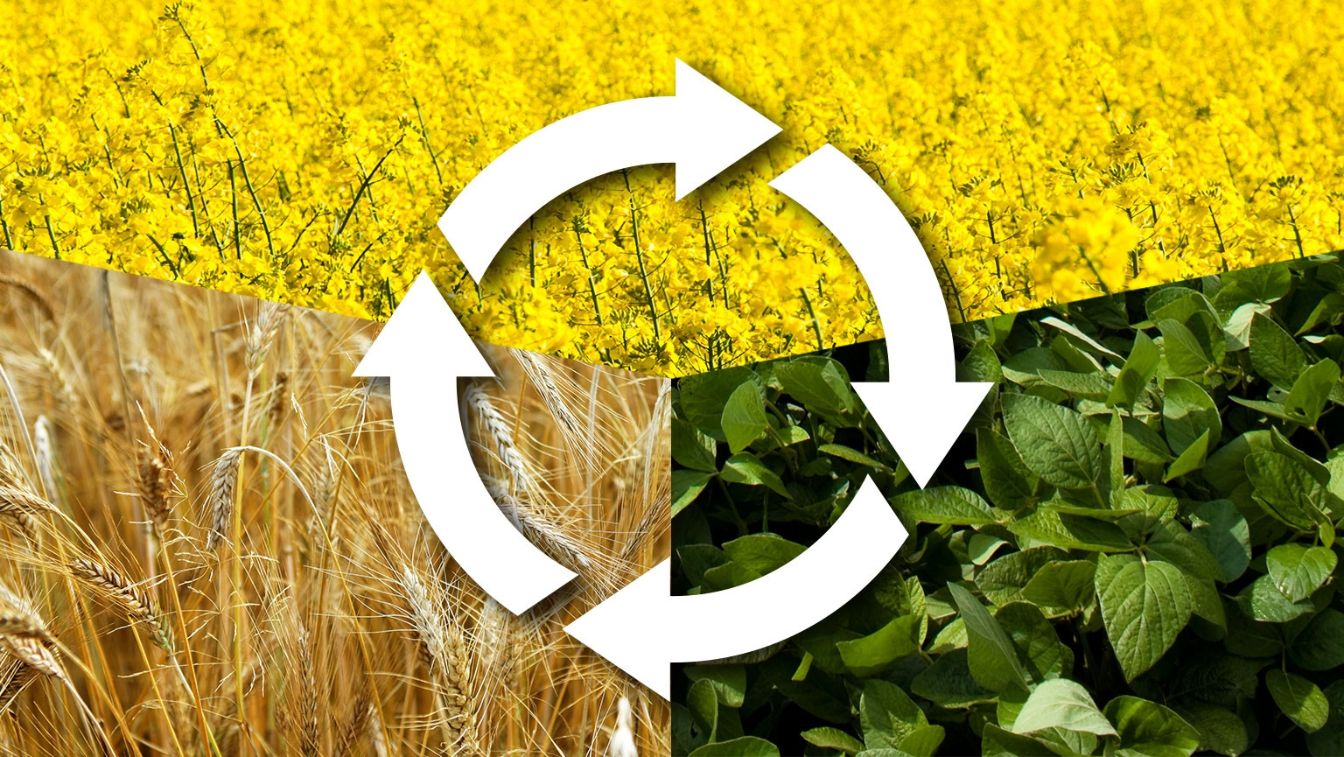
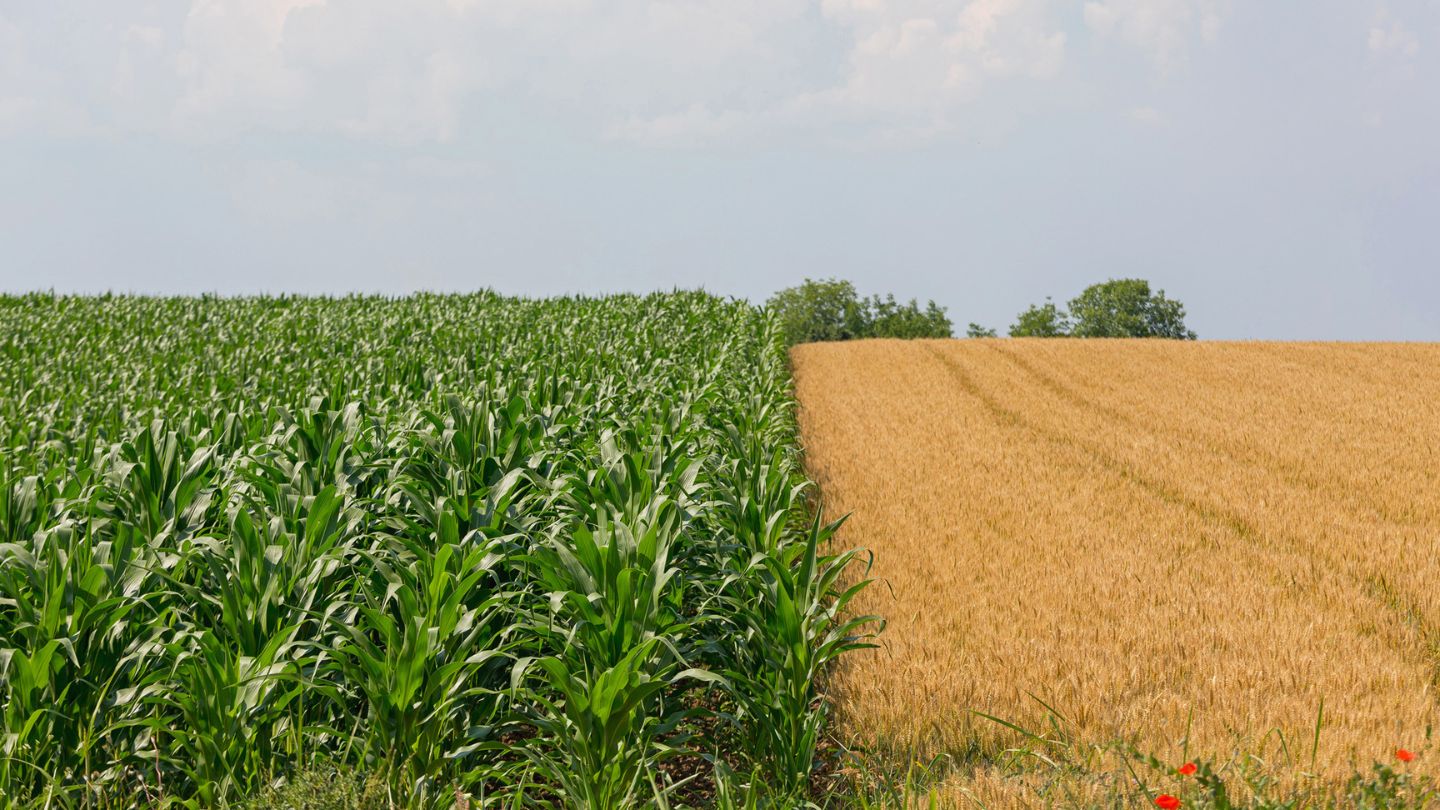


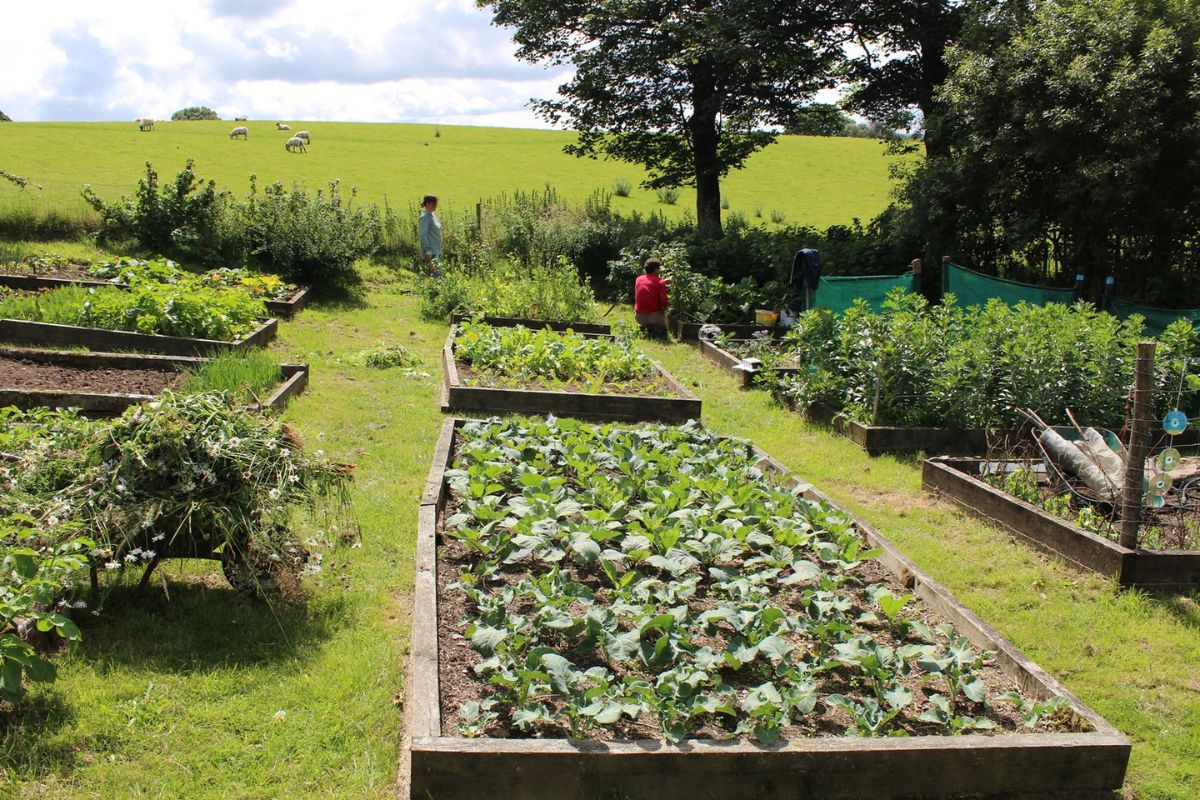
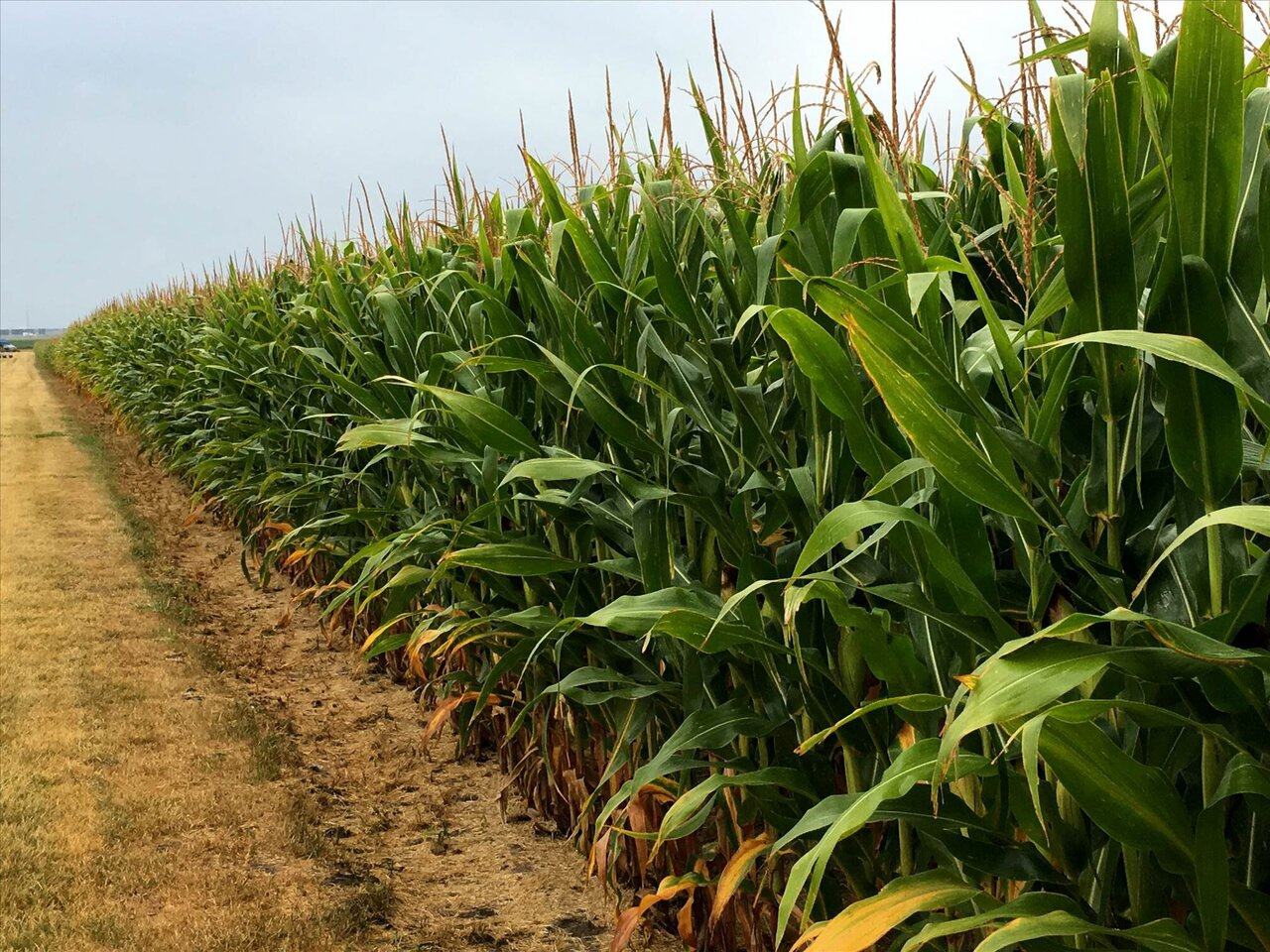
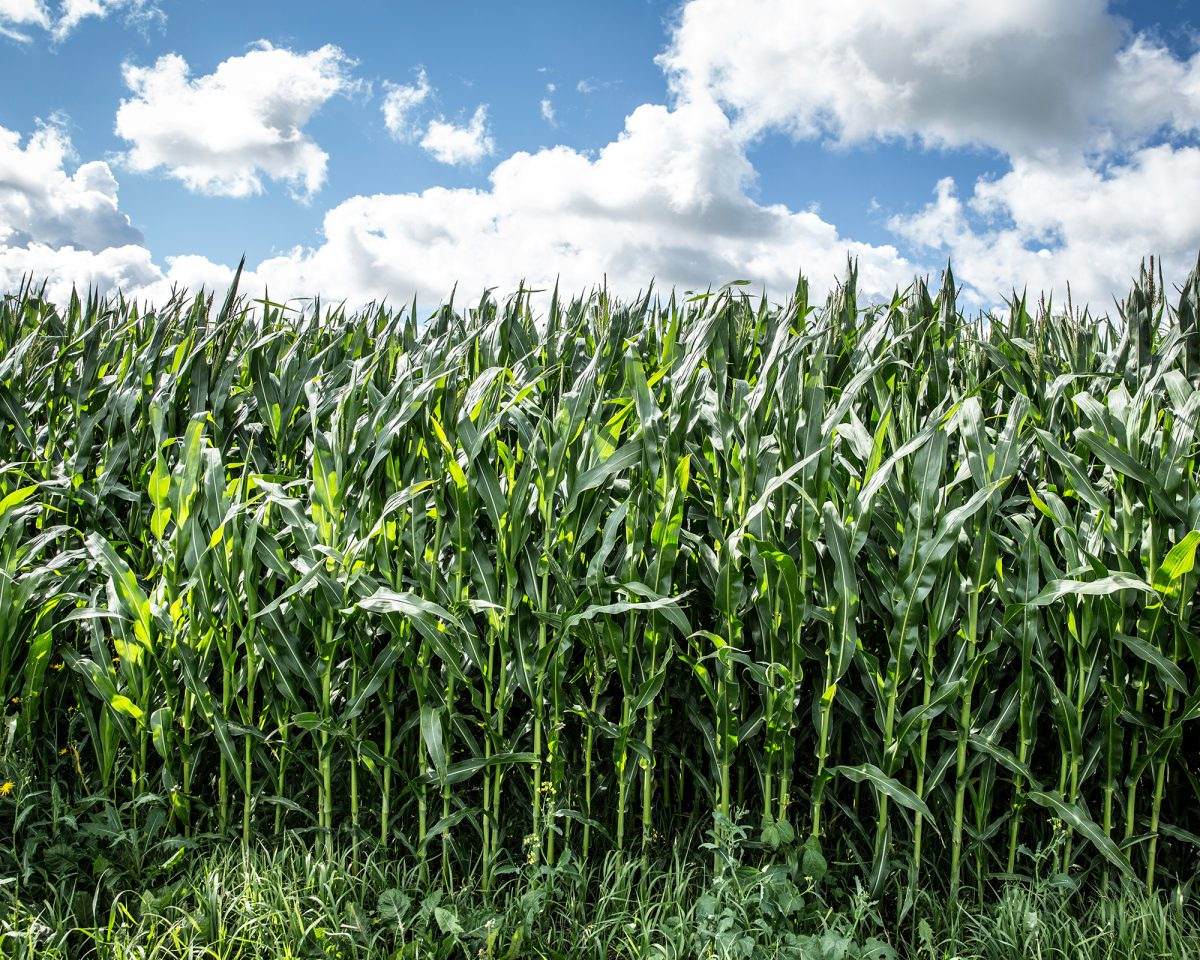
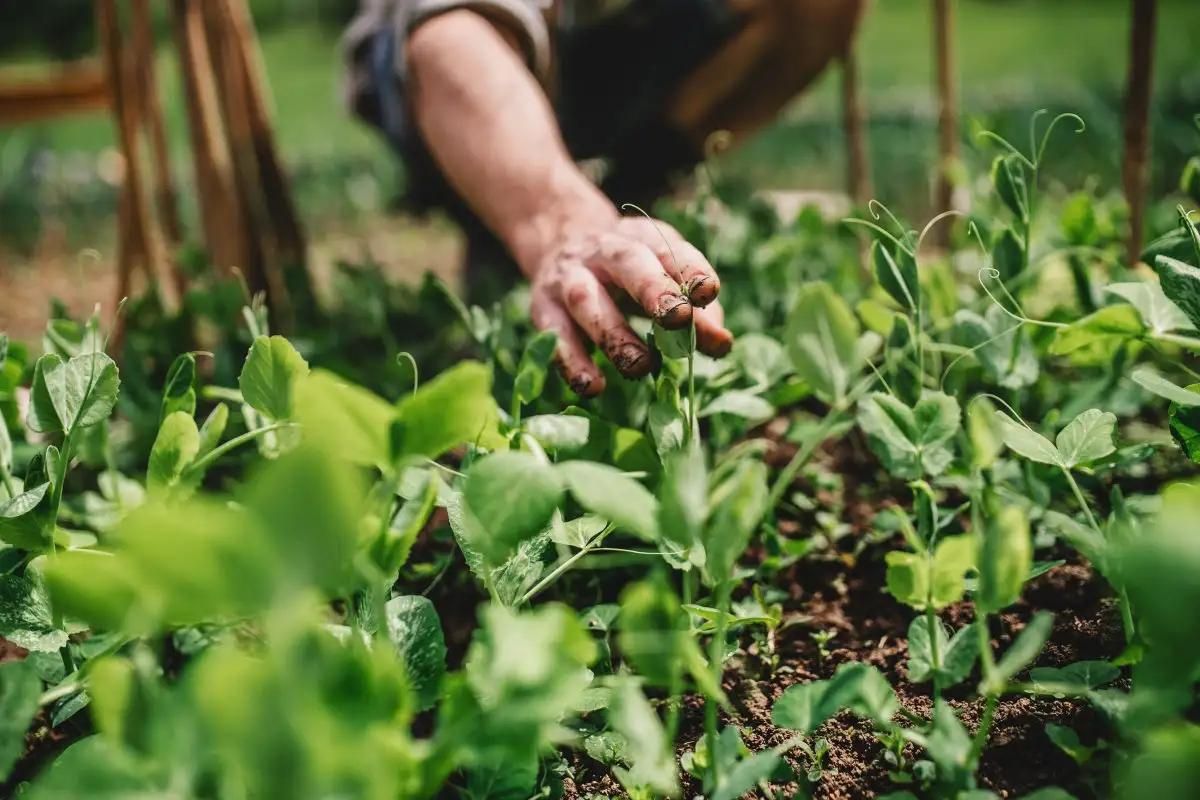
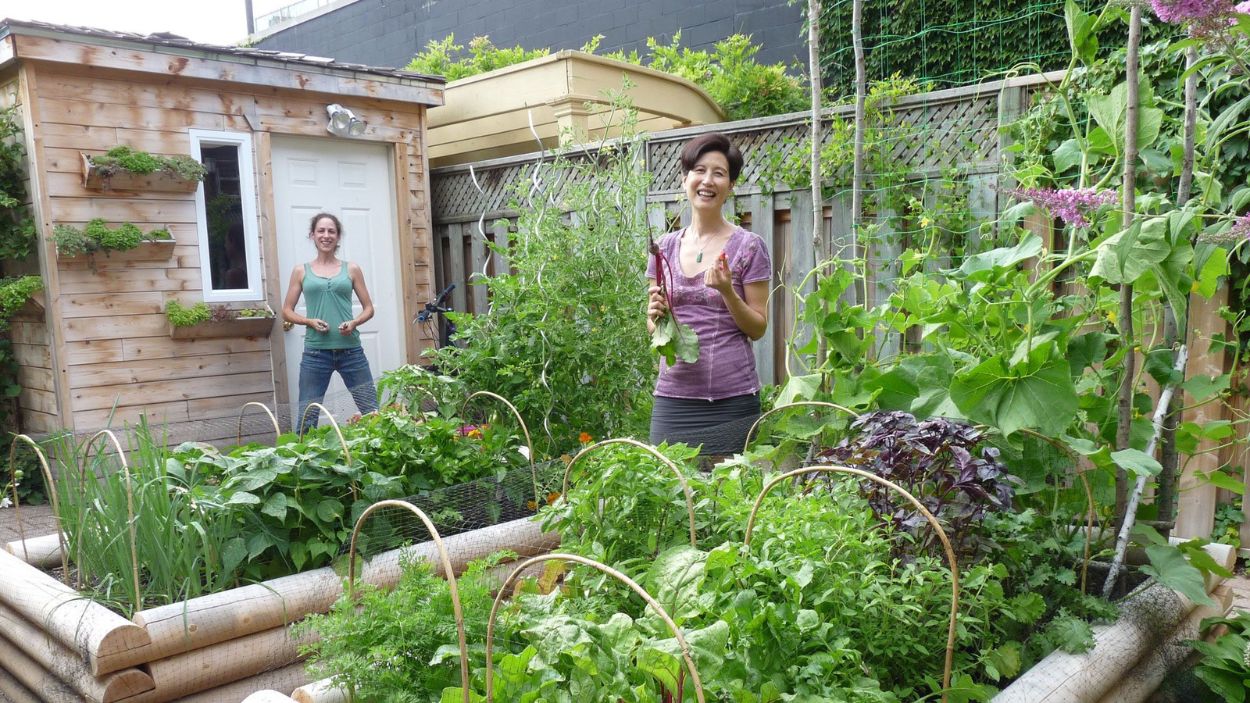
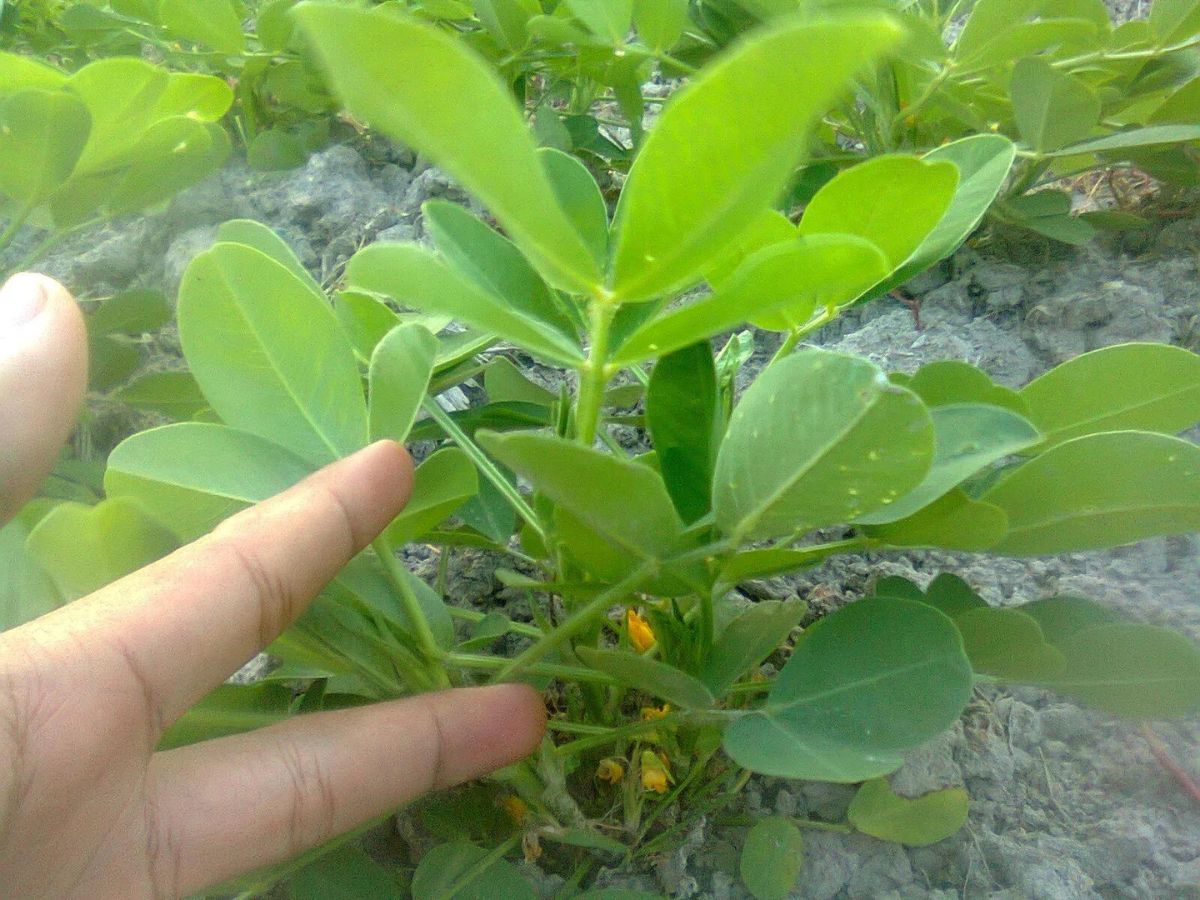

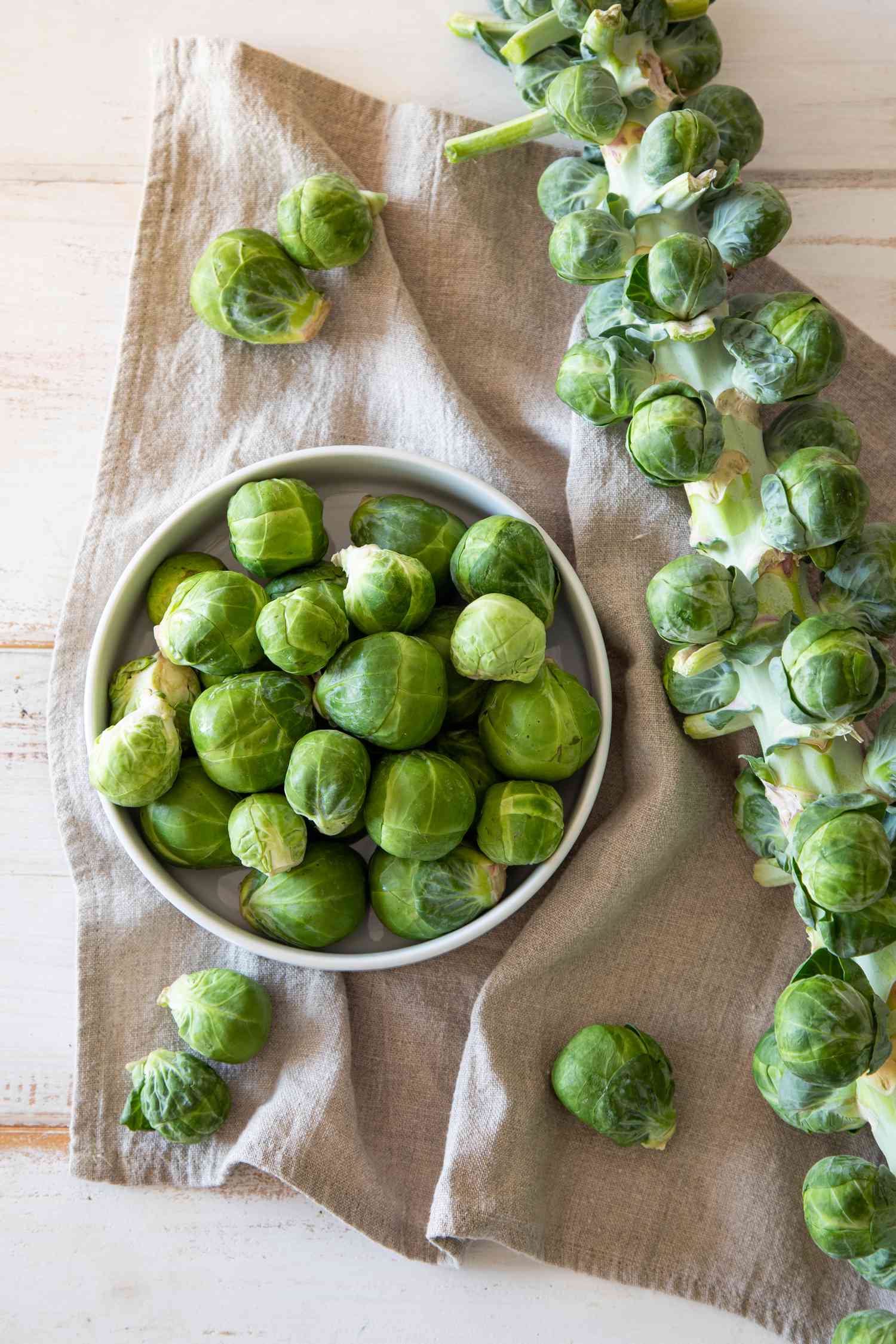

0 thoughts on “Crop Rotation What To Plant After Brussel Sprouts”